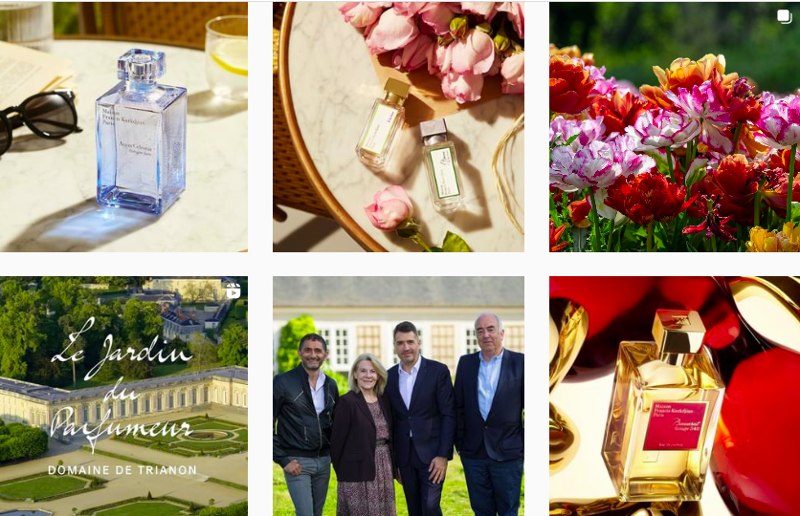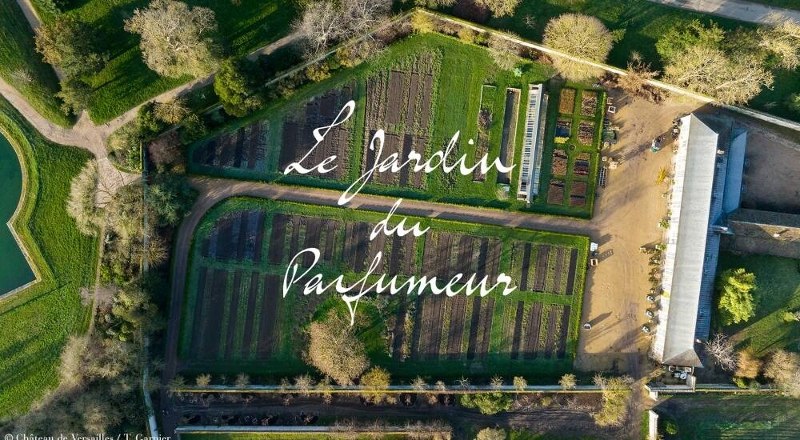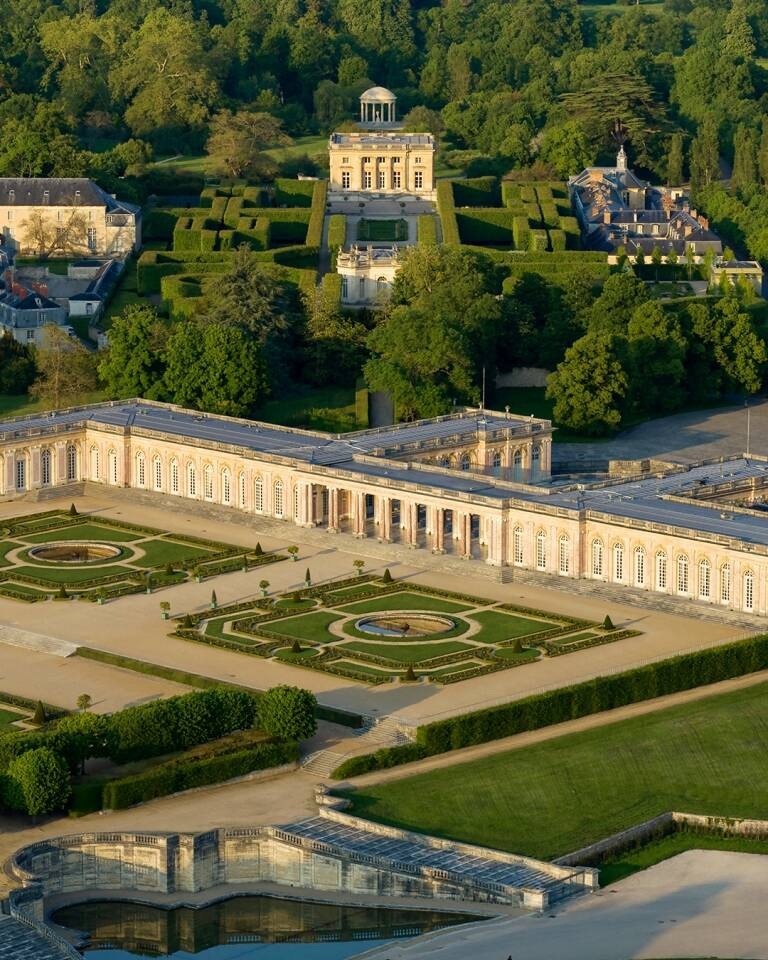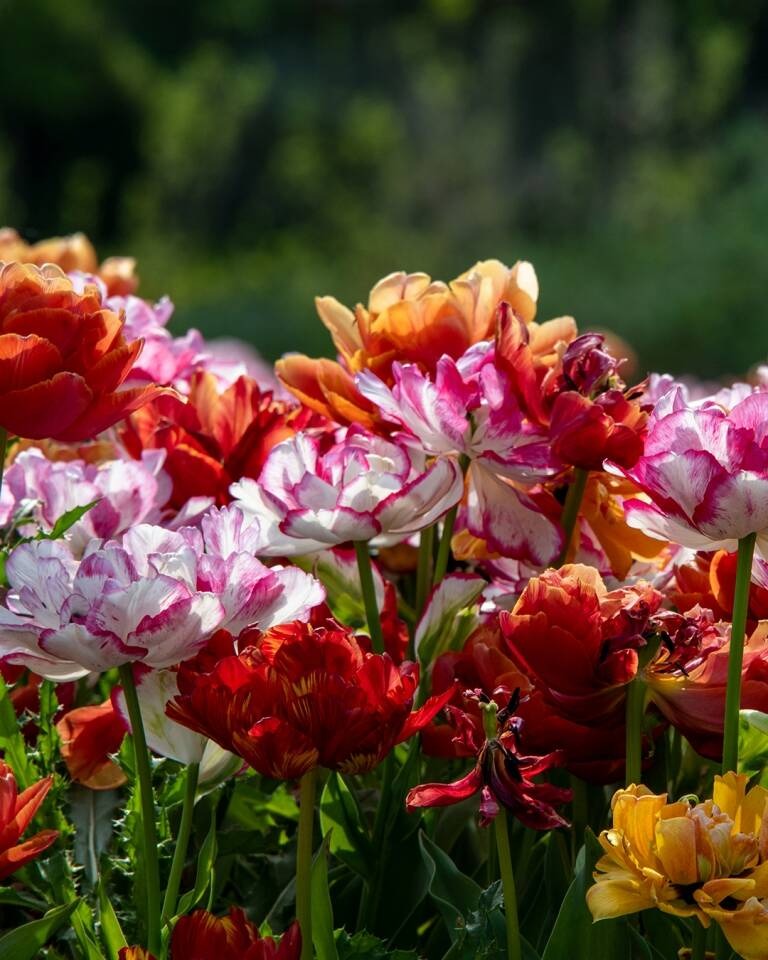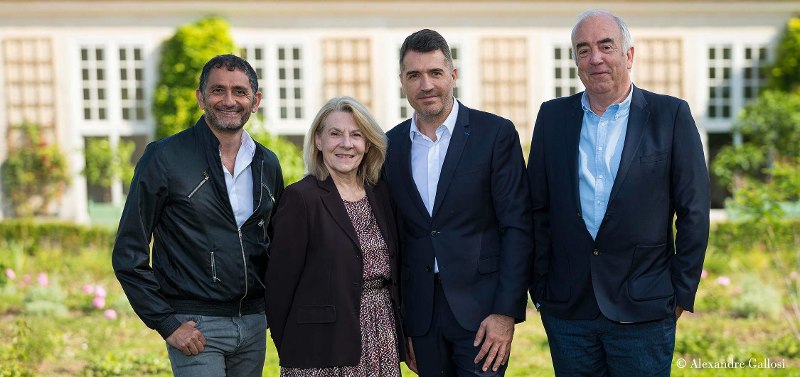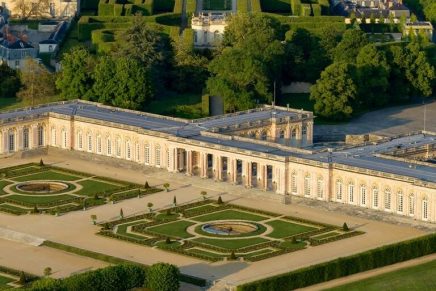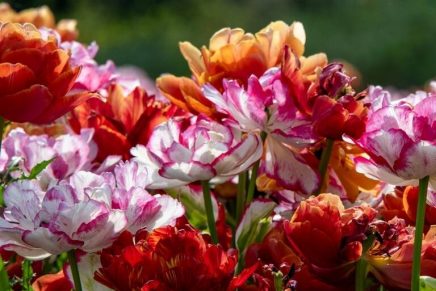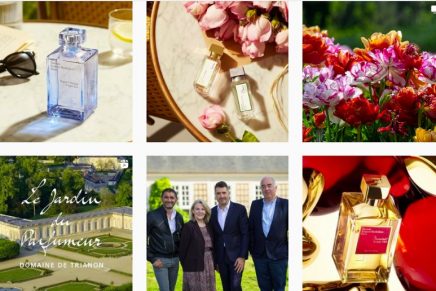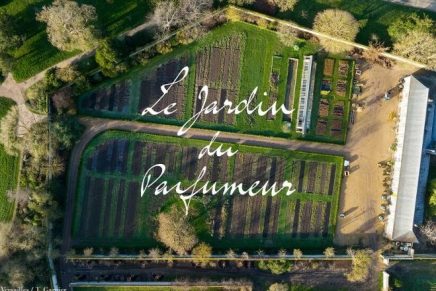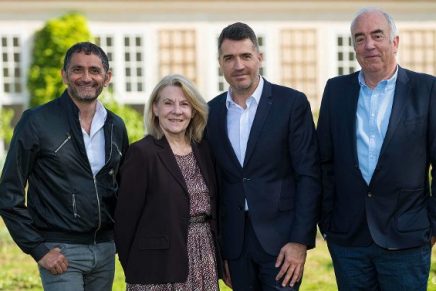Thanks to patron Maison Francis Kurkdjian, the Palace of Versailles is bringing its Perfumer’s Garden to life.
LVMH-owned Maison Francis Kurkdjian, the patron of the Château de Versailles, unveils the unique Perfumer’s Garden creation. With the Perfumer’s Garden, visitors will have a chance to discover Versailles from a fresh bucolic perspective amidst a captivating garden previously closed to the public.
Maison Francis Kurkdjian has become a patron of the Château de Versailles, providing support for creation of the Perfumer’s Garden. Situated in the Châteauneuf Orangerie garden in the heart of the Trianon estate, this garden will be home to hundreds of different plants used in perfume-making. It will open in spring 2023.
Francis Kurkdjian has had an intimate affinity with the Château de Versailles from the very beginnings of his career.
Just a few years after graduating from Versailles’ perfumery school, he recreated Marie-Antoinette’s Sillage de la Reine scent, working from archival documents. In 2006, Marc Chaya – co-founder of Maison Francis Kurkdjian – and Francis Kurkdjian created together the olfactory installation “Soleil de Minuit” for the Versailles Off festival. And during the Grandes Eaux Nocturnes night fountains shows in 2007 and 2008, the perfumer crafted an olfactory experience in the heart of the Château de Versailles gardens.
The fruit of exceptional collaboration between the Trianon’s gardeners and Francis Kurkdjian, the Perfumer’s Garden will showcase hundreds of fragrant species, inspired by the spirit of the 17th-century Trianon gardens.
“This new garden at the Châteauneuf Orangery in the heart of the Trianon estate will be home to hundreds of different perfume-making plants, in keeping with the spirit of the 17th-century Trianon gardens. It aims to raise awareness of the history of perfume at the court of Versailles which, from the 17th century, would become the cradle of the perfumer’s profession.” – said Maison Francis Kurkdjian.
This exceptional garden will include traditional species such as roses and jasmine, as well as plants with surprising scents, ranging from chocolate to apple. There will also be malodorous plants and so-called “mute” plants such as hyacinth, peony and violet, whose scent must be reproduced synthetically for fragrances.
Visitors will also be able to discover the rich history of perfumes in the court of Versailles. In the 17th century, as Louis XIV commissioned work on the Trianon de Porcelaine, which later became the Grand Trianon, flowers became extremely fashionable and the Trianon gardens were abloom with heady fragrant species. At the same time, a craze for perfumes burgeoned at the court of Versailles, making the palace the cradle of the perfume-making craft from the late 17th century onwards.

